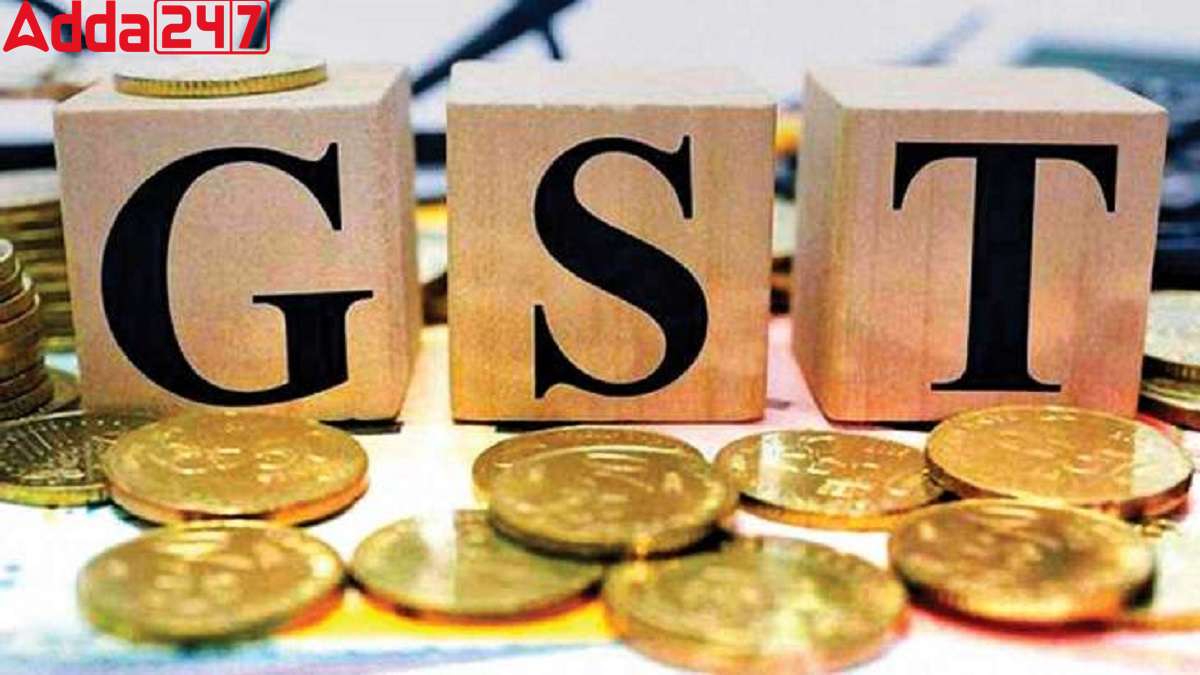The rationalisation of GST rates is under preliminary assessment to address imbalances and avoid the inverted duty structure where the final product’s tax is lower than that on inputs. Although the industry has called for rationalisation, involving reworking rates and merging the four slabs into three, the government plans to proceed cautiously with a detailed analysis.
Industry Demands and Government Considerations
- Proposed Changes: Industry players suggest merging the 12% and 18% slabs into a new 15-16% mid-rate, maintaining the 5% and 28% slabs.
- Impact on Items: Several items may see a rate increase from the current 12% slab, necessitating a political decision.
- Previous Exercises: Past internal assessments were disrupted by Covid-19, affecting calculations.
Balancing Revenue and Consumer Impact
- Revenue Neutrality: The government aims to ensure that any rate changes are revenue-neutral while avoiding consumer backlash.
- Average Rate Concerns: The RBI analysis indicated a weighted average rate of 11.6%, below the proposed 15-15.5% revenue-neutral rate at GST’s launch.
Specific Items Under Consideration
- High-Tax Services: There’s a growing consensus that services like insurance and telecom should have rates lower than 18%.
- Cement Industry: The industry argues that cement, crucial for construction, should not be taxed at 28%.
Steps Forward
- Political and Financial Decisions: Finance ministers from states and the Centre must decide on proceeding with rationalisation before detailed item-wise rates are discusse
GST : Key Points
Introduction
GST (Goods and Services Tax) is a unified indirect tax levied on goods and services across India, replacing multiple cascading taxes levied by the central and state governments.
Structure
GST has four primary tax slabs: 5%, 12%, 18%, and 28%. Essential items may attract a lower rate, while luxury items and sin goods are taxed at higher rates.
Dual Structure
GST is a dual structure comprising CGST (Central GST) levied by the central government and SGST (State GST) by state governments on intra-state transactions. IGST (Integrated GST) is levied on inter-state transactions.
Input Tax Credit
Businesses can claim input tax credit for taxes paid on inputs used in the production or provision of goods and services, thus eliminating tax cascading.
GST Council
Chaired by the Union Finance Minister, the GST Council includes state finance ministers. It is responsible for making recommendations on tax rates, exemptions, and amendments.
Exemptions
Some items, such as essential commodities like fresh food and healthcare services, are exempted from GST to protect consumers and maintain affordability.
Digital Interface
GST is managed through an online portal (GSTN), facilitating registration, return filing, payment, and compliance for taxpayers.
Impact
GST aims to streamline tax administration, reduce tax evasion, promote ease of doing business, and create a unified national market.
Evolution
Since its implementation on July 1, 2017, GST has undergone several amendments and rate revisions based on feedback and economic conditions.
Challenges
Challenges include compliance issues for small businesses, initial adjustment periods, and periodic reviews for rationalising rates to balance revenue and economic impact.




 Rewind 2025: India's Ranking in Major Gl...
Rewind 2025: India's Ranking in Major Gl...
 Rewind 2025: Major National and Internat...
Rewind 2025: Major National and Internat...
 India's Broadband Subscribers Cross 100 ...
India's Broadband Subscribers Cross 100 ...







